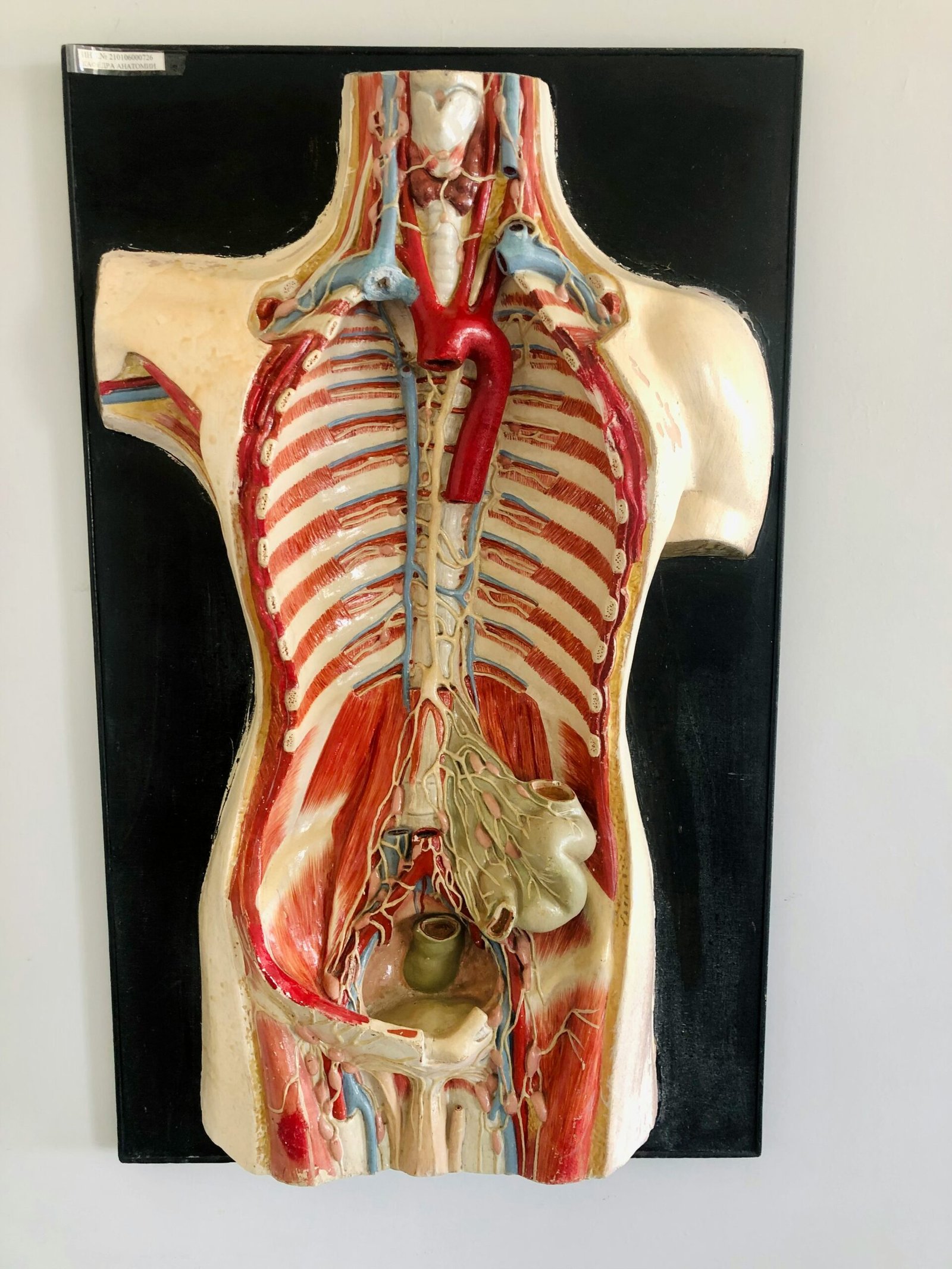Understanding the Biology of Hair Color
The biological basis of hair color primarily revolves around melanocytes, specialized cells that reside in the hair follicles. These cells are tasked with the production of melanin, the pigment that not only determines the color of hair but also plays a significant role in the color of skin and eyes. Melanin exists in two main forms: eumelanin, which is responsible for black and brown hair colors, and pheomelanin, contributing to red and blonde tones. The ratio and distribution of these pigments ultimately yield the diverse spectrum of hair colors observed in humans.
Hair color is not static; it changes throughout an individual’s life due to various factors. At birth, many infants are born with lighter or different shades of hair, which may darken or shift in color during childhood and adolescence. The initial color variation arises from genetic influences, as each person inherits a unique combination of genes from both parents that determines the type and amount of melanin produced by their melanocytes.
As one ages, the production of melanin diminishes, leading to the gradual transformation of hair from its original hue to grey or white. This change is the result of a decrease in melanocyte activity and an eventual loss of these cells within the hair follicles. Genetics plays a crucial role in this process, as certain individuals may experience premature greying due to hereditary factors. Studies indicate various genes linked to the onset of grey hair, which can vary widely among different populations.
Environmental factors, stress, and health-related conditions may also influence hair pigmentation, though their impacts are far less understood. The interplay of genetic predisposition and environmental elements makes hair color an intriguing aspect of human biology, warranting further exploration in relation to the phenomenon of grey hair. This background sets the stage for a deeper inquiry into what causes hair to turn grey over time, considering both internal and external influences.
Factors Leading to Premature Greying
Premature greying of hair often perplexes individuals, particularly when it occurs at a young age. Several factors influence this process, including genetic predisposition, lifestyle choices, and specific health conditions. Understanding these elements can provide significant insights into why some people experience grey hair earlier than others.
One of the most prominent factors contributes to premature greying is stress. High levels of emotional or psychological stress have been shown to impact hair pigmentation, possibly by depleting the body of essential nutrients required for melanin production. When the cells responsible for pigment creation are deprived of nutrient-rich resources, grey hair may appear sooner. Individuals often recount personal experiences of noticing more grey strands during particularly stressful life events, illustrating the connection between stress and hair color changes.
Diet also plays an essential role in hair health. Nutritional deficiencies, specifically in vitamins B12, D3, and E, as well as minerals such as zinc and iron, may lead to premature greying. A balanced diet rich in antioxidants may help combat oxidative stress, preserving hair pigmentation for more extended periods. Similarly, lifestyle choices such as smoking have been linked to increased greying. Studies indicate that smoking can induce oxidative stress within the body, further accelerating the loss of hair color.
Some medical conditions, including autoimmune diseases, can also contribute to early greying. Certain disorders affect the body’s ability to produce melanin effectively, leading to a loss of pigmentation in hair follicles. It is crucial to monitor health conditions and address any deficiencies that could exacerbate the greying process, as early intervention may reduce its impact. Overall, these external and internal factors intertwine, creating a complex web that can lead to the early onset of grey hair.
The Role of Age in Hair Color Change
The natural aging process is a significant factor that contributes to the change in hair color, particularly the onset of grey hair. Most individuals begin to notice grey strands in their late thirties to early forties, although the exact age can vary widely based on genetics, ethnicity, and individual health factors. As people age, the body undergoes various biological changes that have direct implications for hair. One of the most notable changes is the decrease in melanin production, which is the pigment responsible for the color of hair, skin, and eyes.
Hair follicles contain melanocytes, the cells responsible for producing melanin. As a person ages, these melanocytes gradually diminish in number and functionality. This reduction leads to less melanin being available to color new hair strands, resulting in a transition from colored hair to grey and eventually white hair. Additionally, oxidative stress, a result of environmental factors and natural metabolic processes, can further accelerate this loss of pigmentation. Over time, accumulated damage from free radicals can impact the health of hair follicles, contributing to brittleness and thinning hair.
Beyond merely altering hair color, age-related changes also influence the overall health and appearance of hair. Older hair tends to be drier and more fragile, which can affect styling and manageability. This decline in hair quality is often coupled with changes in the scalp, such as decreased oil production, leading to dryness and irritation. Consequently, understanding the interplay between aging and hair color change can provide insights into effective hair care strategies tailored for older individuals, helping them manage grey hair while maintaining hair health. Furthermore, acknowledging these changes as a natural part of aging can encourage a more positive perception of grey hair as a sign of wisdom and experience.
Myths and Misconceptions about Grey Hair
Grey hair has long been surrounded by myths and misconceptions that often lead to confusion and unnecessary worry. One prevalent myth is the notion that stress directly causes grey hair. While it is true that stress can have various health impacts, research indicates that the process of greying is primarily linked to genetics and aging. The melanocytes, responsible for producing color in hair, gradually decrease in number as individuals age, leading to a reduction in pigment and the onset of grey or white hair. Stress may contribute to premature greying in some cases, but it is not a universal cause.
Another common belief is that certain foods or diets can trigger hair to turn grey. While proper nutrition is essential for overall hair health, there is no scientific evidence supporting the idea that specific food items can directly impact hair pigmentation. Deficiencies in vitamins and minerals, such as vitamin B12, iron, and copper, are linked to hair and health issues, but they do not inherently cause grey hair. Instead, individuals concerned about their hair should focus on maintaining a balanced diet rich in essential nutrients that support hair growth and strength.
Moreover, the myth that plucking one grey hair leads to multiple greys is another widespread belief. This misperception arises from the understanding of hair growth cycles. Plucking a single strand does not affect the remaining hair follicles or their pigmentation. In fact, it can harm the follicle, leading to long-term hair loss in the affected area. With a clearer understanding of the science behind grey hair, individuals can better navigate the information surrounding it, reducing fear and misconceptions. Addressing these myths is essential in fostering a more accurate public perception of grey hair and its causes.



